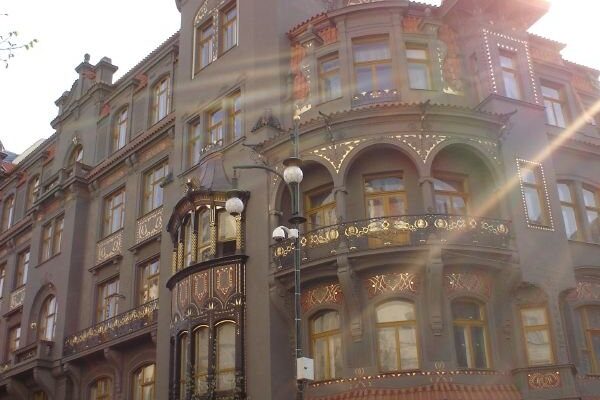Jewish Quarter Josefov
Josefov is Prague’s most mysterious neighborhood, steeped in many legends, legends and myths. Until 1850 it represented the heart of Prague’s Jewish community, which is why it is also called the Jewish Quarter. The neighborhood is located between the right bank of the Vltava River and Old Town Square. The name Josefov Quarter (Josefov) comes from the name of Emperor Josef II, whose reforms improved the living conditions of Jews in Prague.
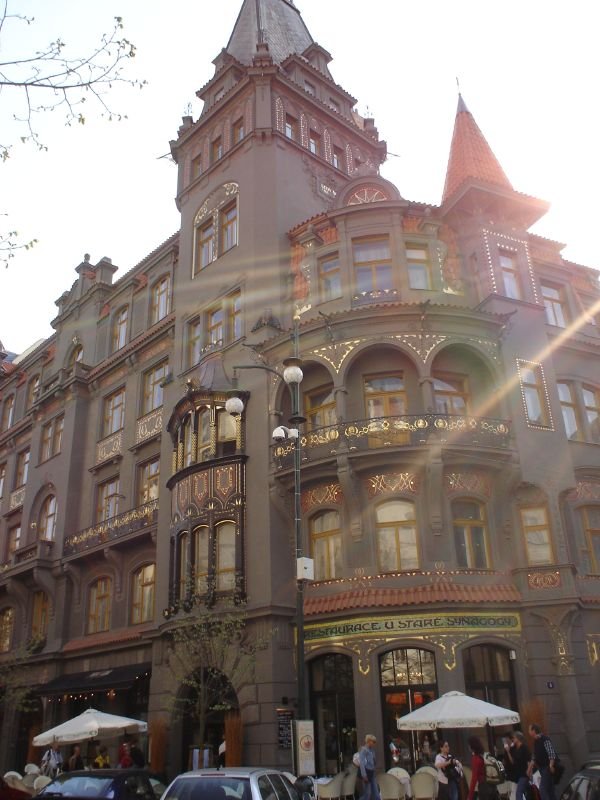
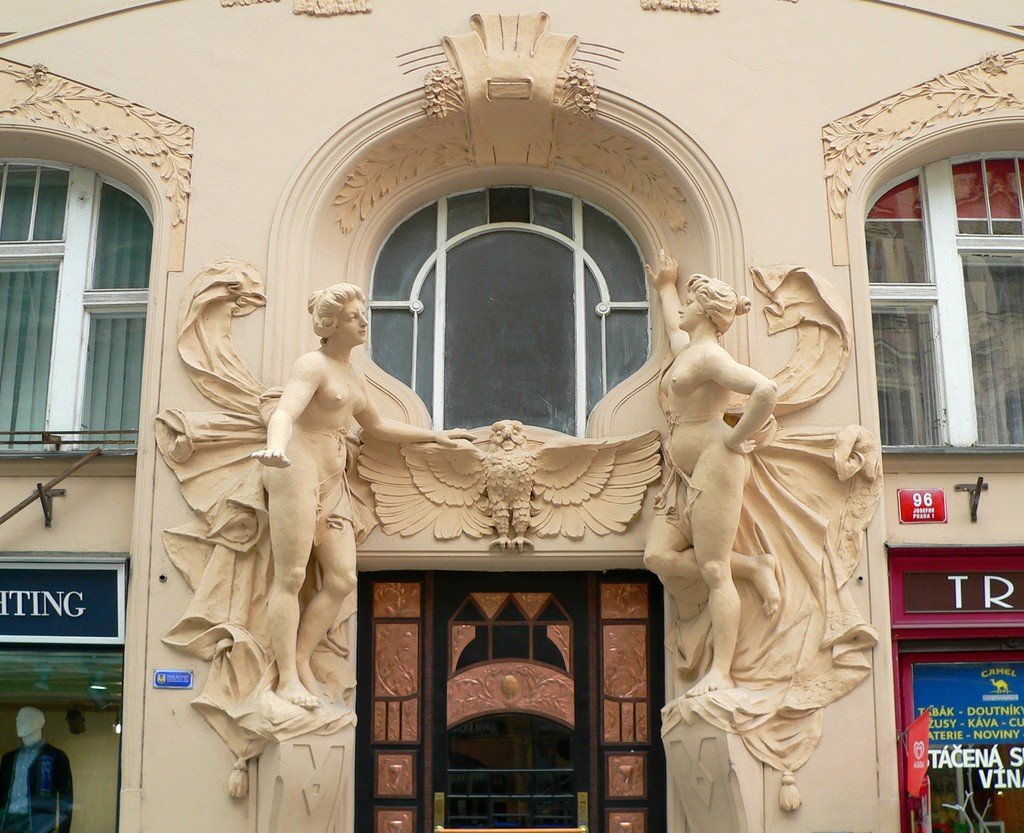
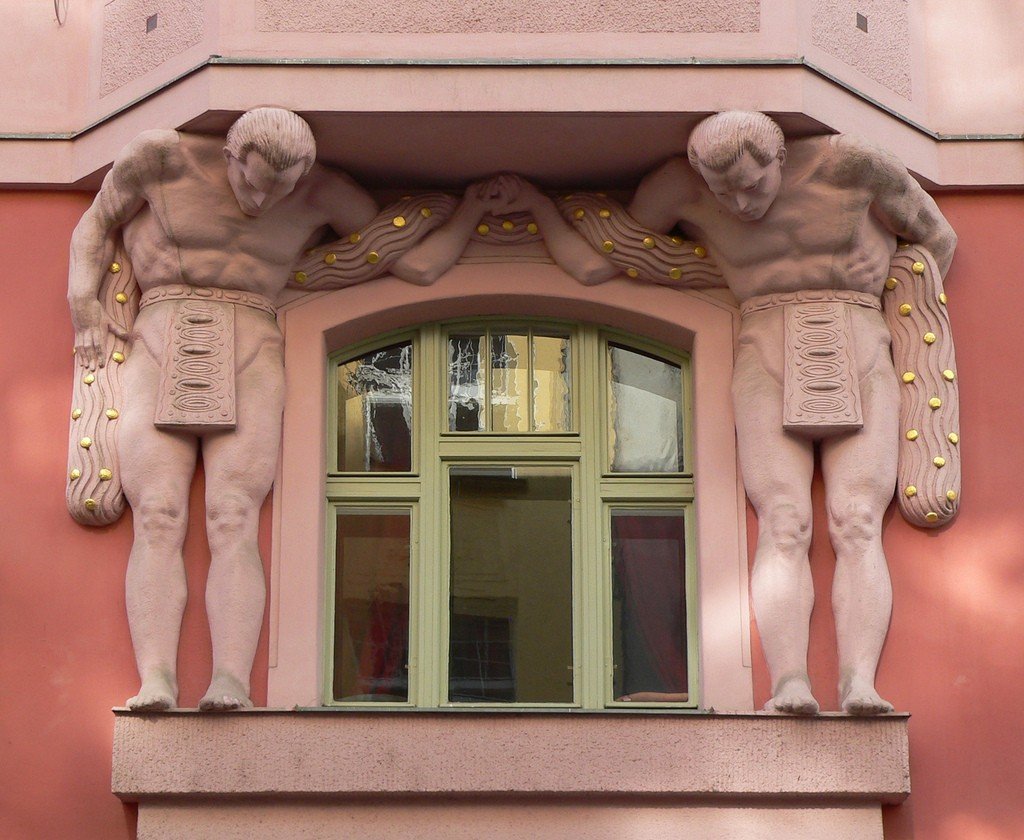
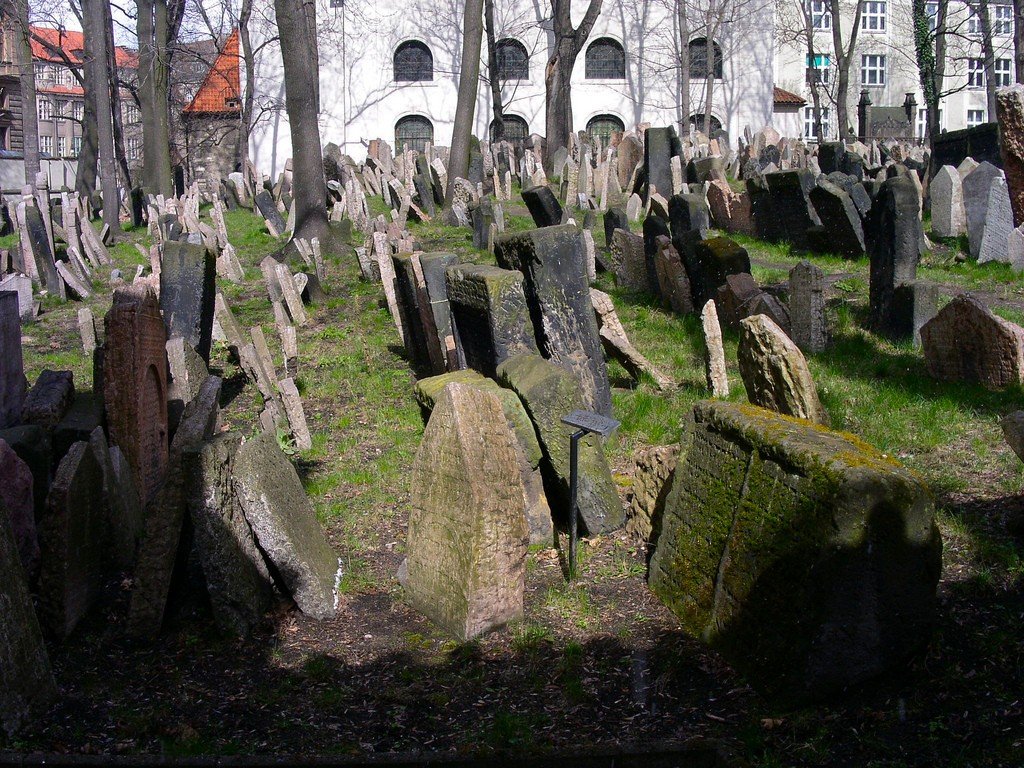
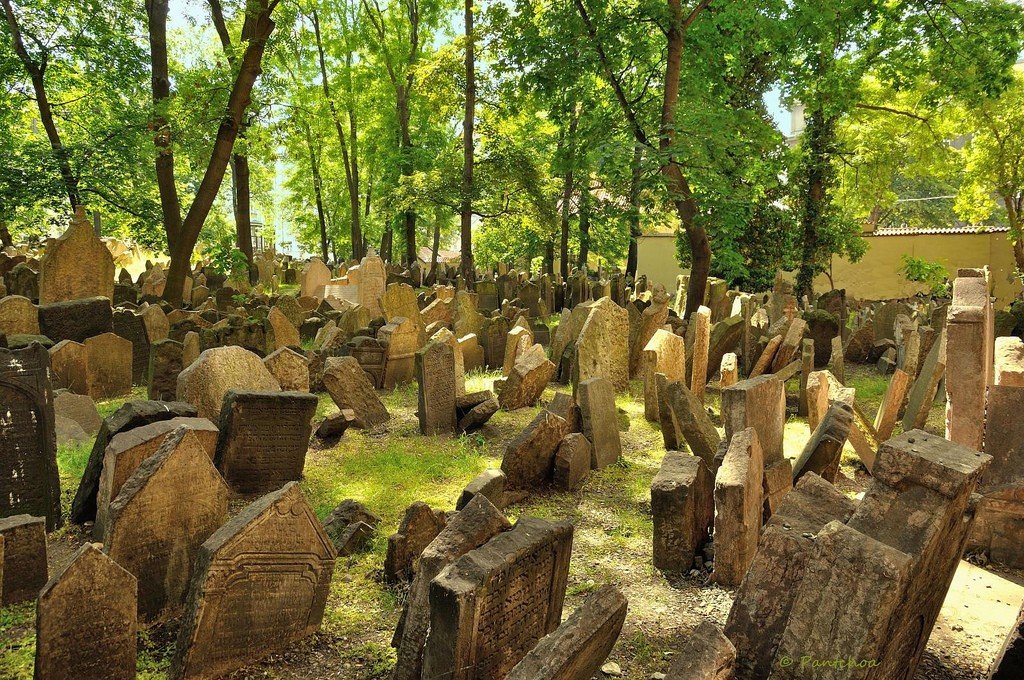
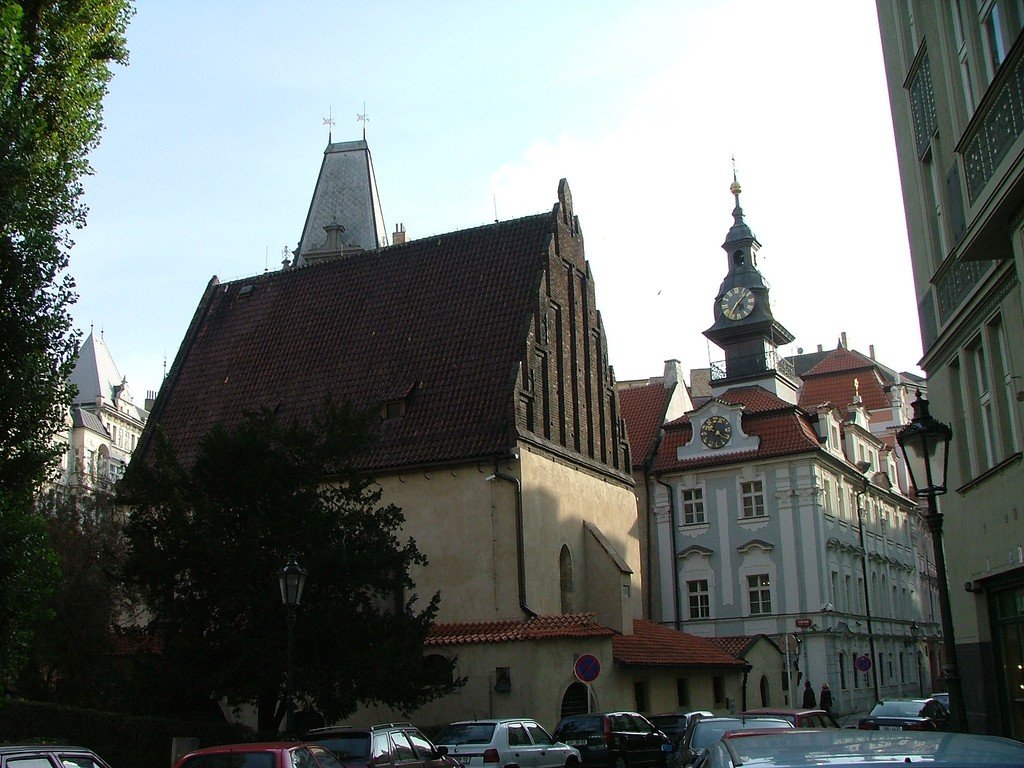
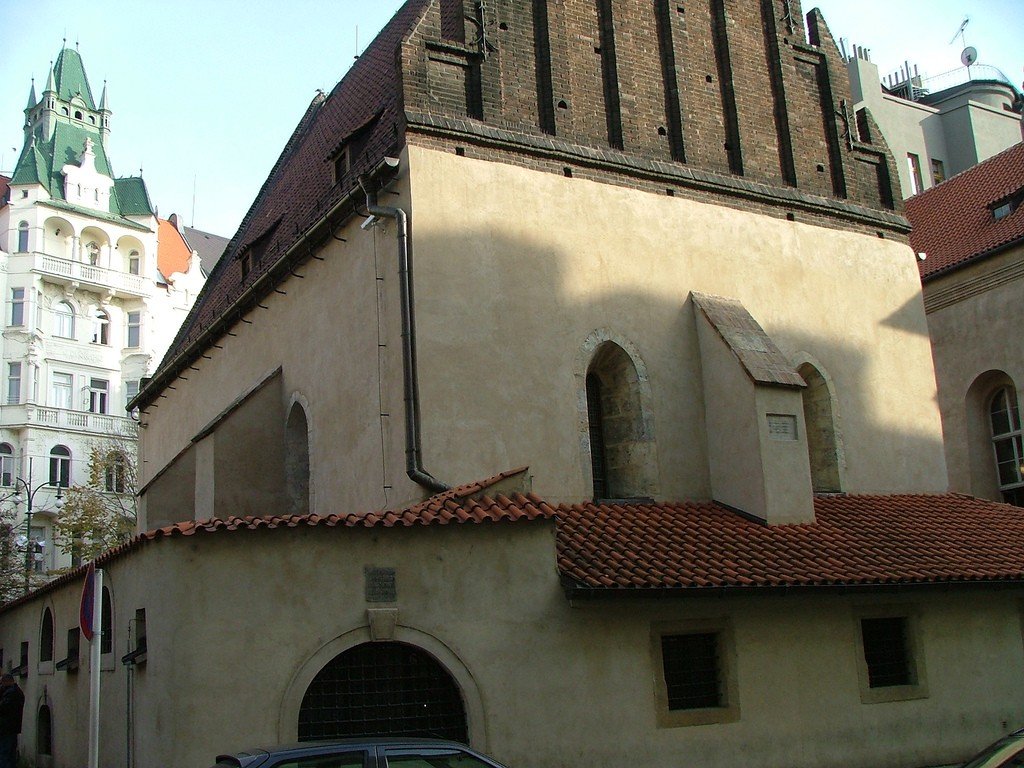
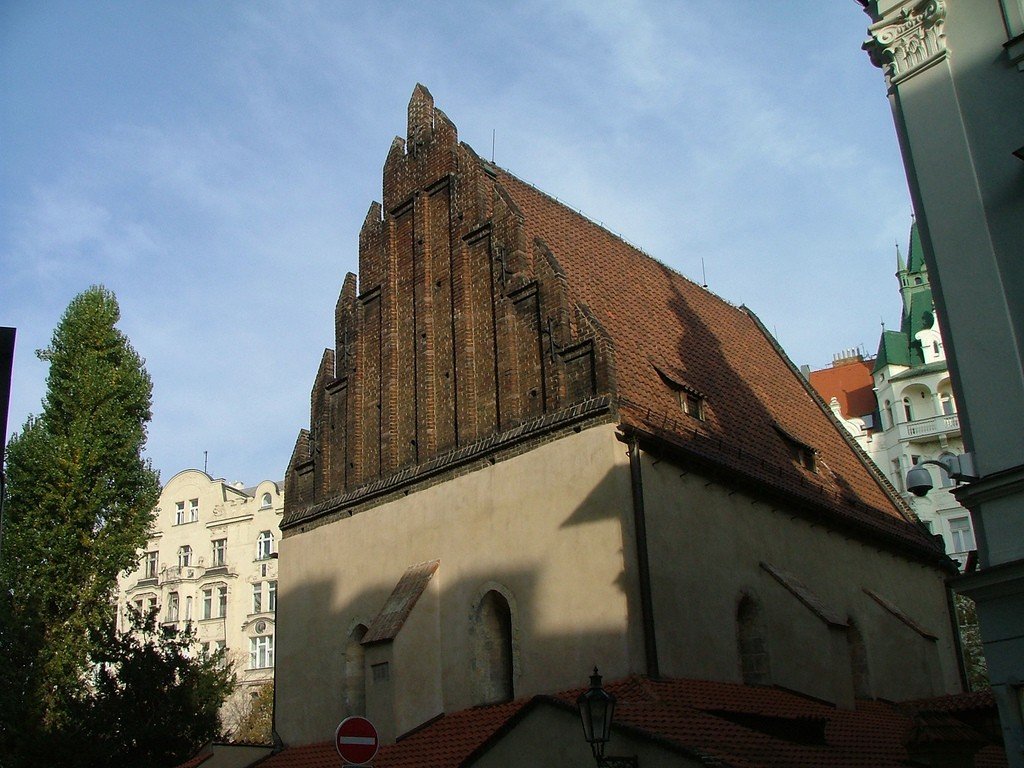
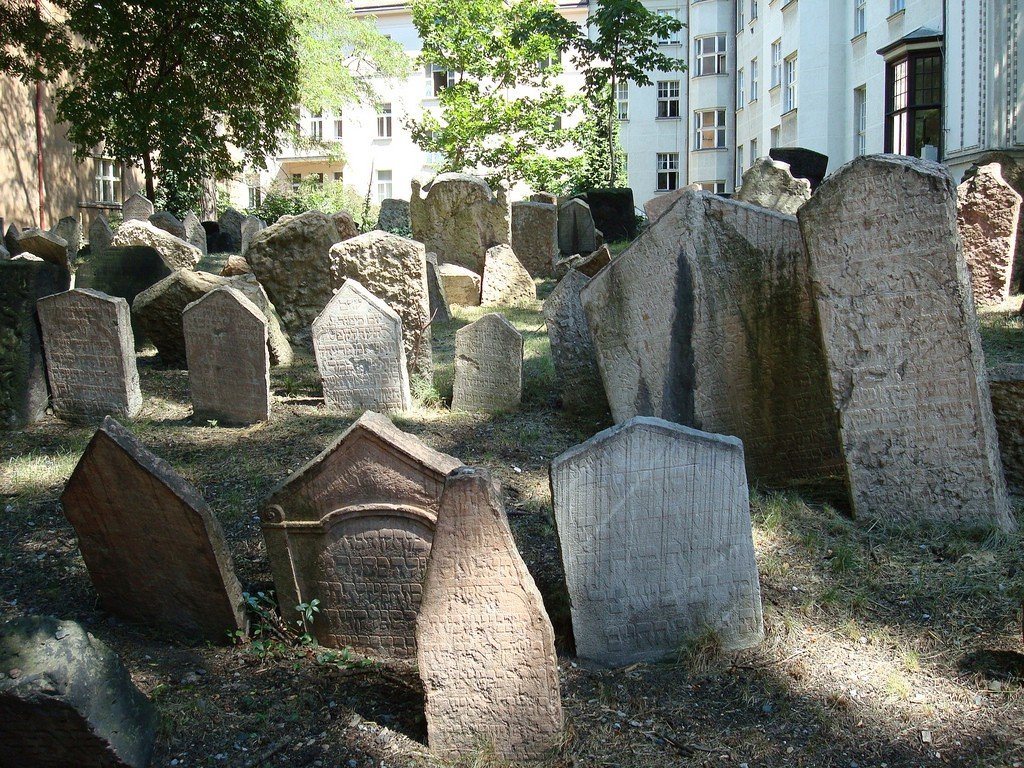
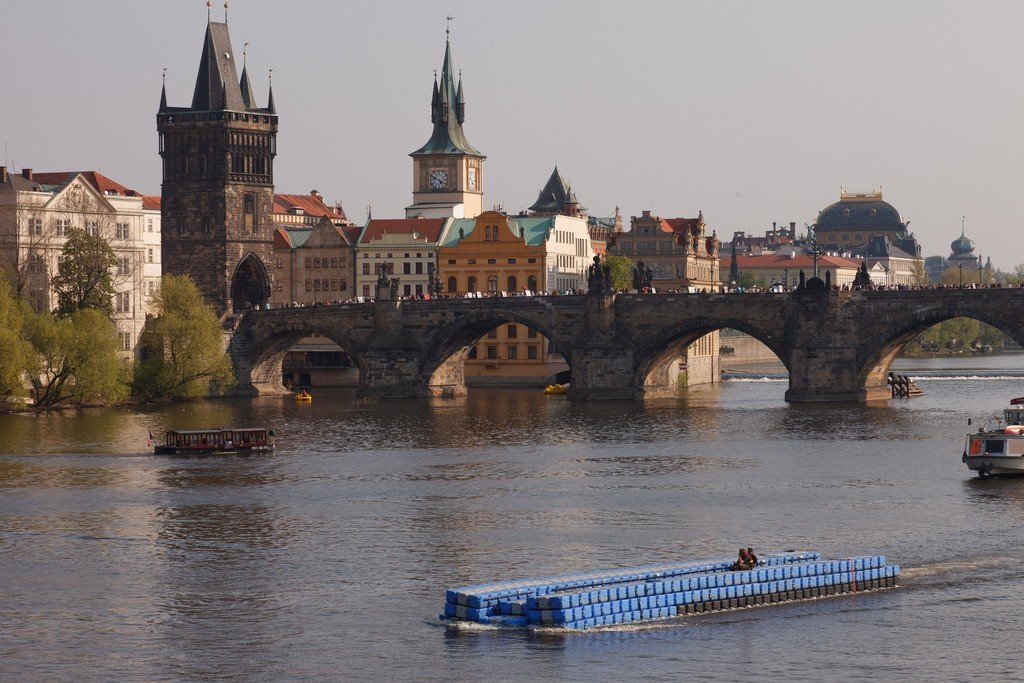
History
The Jewish ghetto emerged in the 13th century, it was at this time that streets with a large Jewish population were united into a separate neighborhood, the Jewish Town. Thus, inside the fortifications of the Stare Mesta, a walled enclave was formed with gates that served as an exit for Jews into the often insecure Christian world.
>
All activities of the population outside the Jewish City were strictly regulated by a multitude of rules and edicts. Thus, while in earlier times Jews could engage in any kind of activity, now they were restricted to a small set of professions, primarily usury. The period of the Middle Ages bore a clear or more moderate mark of intolerance towards the Jews, sometimes taking on the character of outright persecution.
.
Despite all the persecutions and oppressions, the ghetto grew and strengthened its position over several centuries. After the abolition of the humiliating “sedentary line” in the 18th century, the wealthiest part of the population left the Jewish quarter to settle in the suburbs, which were more sanitary and socially safe, and gradually the ghetto became a refuge for the poor and orthodox Jews who did not want to assimilate with the outside world. By the end of the nineteenth century, the Jewish City had finally become an overcrowded slum where vice and disease flourished.
.
Between 1883 and 1913, the Jewish Quarter in Prague was completely reconstructed on the initiative of the city municipality. As a result, the neighborhood changed beyond recognition – the former dirty courtyards, dark alleys and brothels were replaced by wide street thoroughfares and luxuriously decorated houses in the style of the “Prague Secession.”
>Through the efforts of Prague intellectuals, the historical core of Josefov was saved from demolition, and half a century later six ancient synagogues, the Jewish Town Hall and the Old Jewish Cemetery were “lucky” once again in the dark era of Hitler’s protectorate (1930-1945), the Nazis, who took up the “final solution of the Jewish question”, deployed on the territory of the former ghetto “Museum of the Vanished Race.”
The “Museum of the Vanished Race” was established in the former ghetto.Jewish scholars were temporarily given the gift of life and allowed to work there in order to inventory the most valuable objects brought to Prague from synagogues in occupied Europe. Thanks to their dedication, the vast majority of the exhibits were preserved.
The Jewish Quarter – the legend of the Golem
Rabbi Löw molded a human-like figure out of clay in the darkness of night on the bank of a river nearby, and with the help of a magical tablet-scheme on which was written the secret name of a god, he brought his brainchild to life. The Golem became the Rabbi’s obedient servant and assisted him in his services in the synagogue and around the house. Every Sabbath, when the Sabbath came, the magic tablet was removed from the Golem’s mouth and the monster became motionless. But one day the rabbi’s favorite daughter fell ill and he forgot to remove the tablet-shem from the Golem’s mouth out of grief. The monster raged and began to destroy everything around him. The rabbi heard the terrible cries of the neighbors, came running and ripped the tablet out of the clay monster’s mouth. The Golem crumbled and turned into a pile of clay, which to this day is still stored somewhere in the attic of the Staron Synagogue.
The tale of the Golem exists in different versions in other Jewish neighborhoods in Europe as well.
.Attractions
Old Jewish Cemetery
Jews were buried in the Old Jewish Cemetery for several centuries, namely from 1439 to 1787, before the Emperor issued a decree forbidding burials in the Jewish Quarter. In total more than 80000 people were buried there, but the size of the cemetery is small and therefore sometimes up to 12 people were buried in the same place at different times. Most of the burials became nameless, inscriptions were erased under the influence of time, many inscriptions were lost back in the Middle Ages, old tombstones were thrown away to bury another body. But the tombstones of some famous people have survived. For example, the tombstone of the legendary Rabbi Loew (Yehuda ben Bezalel). He according to legend and created the famous Golem, a clay monster.
.Old Synagogue
The construction of this structure was completed around 1270 and it is one of the oldest Gothic structures in Bohemia and the oldest functioning synagogue in the world.
.The history of construction and the very name of the Staronova Synagogue are shrouded in myths and legends. According to one of them, it was built from stones taken from the ruins of the Jerusalem temple and after the coming of the Messiah the synagogue was supposed to be moved to Jerusalem.
It was in this synagogue that Rabbi Yehuda ben Bezalel, the legendary creator of the Golem, the clay colossus whose remains are still supposedly stored in its bowels, served.
.Moses Sculpture
In 1905 František Bilek created a statue depicting Moses, but it was not until 32 years later that the statue was installed near the Old Synagogue, until then it stood in the villa of a prominent sculptor of the modernist era.
The statue is a monument to Moses.Monument to Franz Kafka
In 2003, on the occasion of the 120th anniversary of Franz Kafka’s birth, an unusual statue 3.5 meters high was erected. Its author, sculptor Jaroslav Ron, was inspired by the writer’s early novel “Description of a Struggle”, which tells the story of a man who wandered around Prague sitting on another man’s shoulders. The sculptor decided to depict Kafka on the shoulders of a headless giant suit. This paradoxical composition recalls the legendary image of the Golem, and symbolizes the heartache and confusion, forever settled in the soul of the great writer.
.
By the way, next to the monument just located ticket center, you can buy one ticket for all the objects of the Jewish Quarter. The site of the Jewish Museum, in Russian they have some glitch, but you can estimate the cost of tickets and schedule in English.
.
Spanish Synagogue
The Spanish Synagogue, built between 1864 and 1868 in the neo-Moorish style, which was very popular in those years, is one of the few contributions of the 19th century to Josefov’s architecture. Its name preserves the memory of the Sephardic Jews who were expelled from Spain in the 16th century, found refuge in Prague, and then finally settled in the Netherlands.
.High Synagogue
The High Synagogue shares a common history with the Jewish Town Hall: they were built at the same time and have long formed a whole. It got its name because the prayer hall, connected by a passageway with the meeting hall of the town hall, was placed not at ground level, but on the second floor. In the 19th century the buildings were divided and the synagogue received a separate entrance with a staircase.
.Maizelova Synagogue
The synagogue was built in 1592 for family services by the head of the Prague Jewish community, Marek Mordechai Maisel, who is remembered as a generous and just owner of untold wealth. This synagogue was twice seriously damaged by fires, rebuilt and finally rebuilt in 1905 in the neo-Gothic style.
.Monastery of St. Anežka of Bohemia
The monastery is not among Prague’s Jewish museums, but it is located nearby, so it can be explored as well.
.The Claritist Monastery, founded in 1234 by King Wenceslas I at the insistence of his sister Anežka (Agnes), became one of the finest examples of Gothic architecture on Czech soil and now houses the medieval art collection of the National Gallery.
The monastery is also a part of the National Gallery.In the following photo you can clearly see that the monastery stands as if in a pit. This is due to the fact that it was built before the decision was made to raise the level of the banks for flood protection. Many old buildings in Prague either stand in a pit, or their first floor was filled in and became a magnificent basement.
.Church of Saints Simon and Judas
This church is also unrelated to the Jewish Museum, but is located in the Jewish Quarter. And like the monastery of St. Anežka Česká stands in a pit.
>